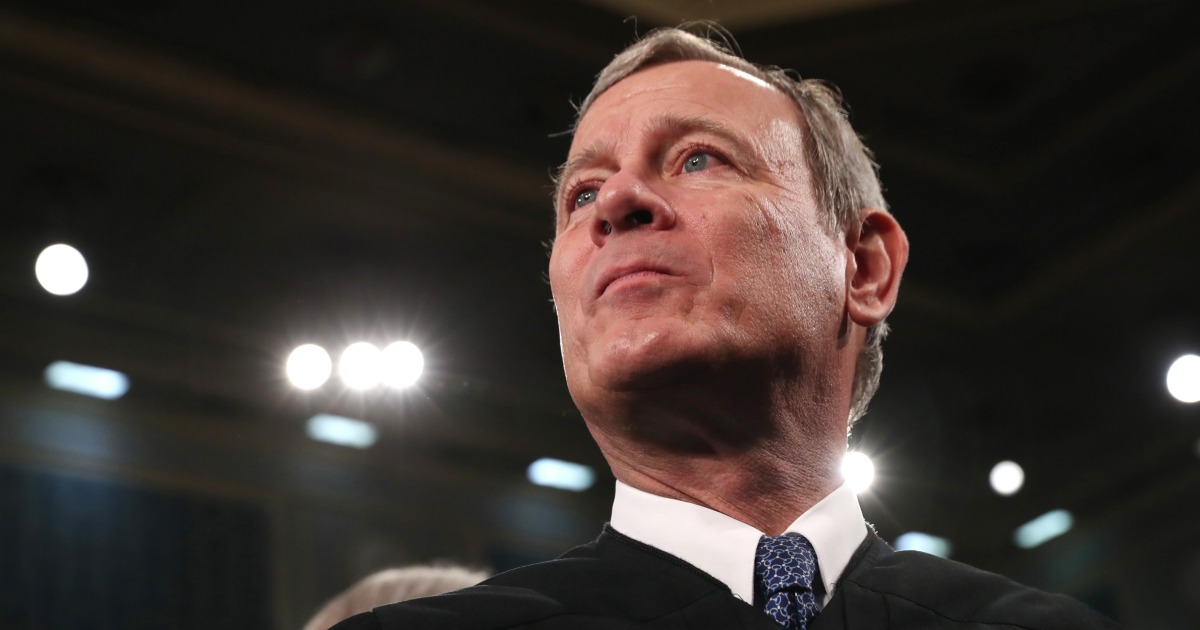With the growing popularity of plastic surgery over the decades, seeking out the best surgeon for the job—be it for reconstructive or cosmetic surgery—has become a decidedly daunting task, thanks to an increasingly crowded field.
Enticing websites and snazzy social media feeds can often prove to be little more than a distraction when potential patients are seeking out a surgeon for anything from aesthetic procedures to the restoring, reconstructing, and enhancing of areas of their bodies.
Statista and Newsweek‘s America’s Best Plastic Surgeons 2023 ranking has sought to add clarity in this area. The surgeons included in the raking have undergone extensive training, including medical school and specialized residency programs in plastic surgery.
During the survey period from March to April 2023, over 2,000 medical experts with knowledge of plastic surgery (doctors/surgeons, plastic surgery clinic managers and medical professionals) were invited to an online survey in cooperation with Newsweek. Over 8,400 votes were collected and analyzed for each procedure.
YakobchukOlena/iStock/Getty Images Plus
Top 5 Types of Cosmetic Surgery
Plastic surgeons were awarded in five major cosmetic surgery procedure categories, although some surgeons were awarded for more than one procedure:
- Breast Augmentation,
- Liposuction,
- Facelift,
- Rhinoplasty and
- Eyelid surgery.
The top 30 plastic surgeons in each cosmetic surgery procedure are ranked #1 to #30. The top 31-125 plastic surgeons for eyelid surgery, the top 31-165 plastic surgeons for liposuction and rhinoplasty, and the top 31-175 plastic surgeons for breast augmentation and facelifts are sorted alphabetically.
Where are the Best Surgeons for Cosmetic Surgery?
Plastic surgeons who exclusively offer reconstruction or non-elective reconstruction/correction were excluded from the survey.
Plastic surgeons from the 20 U.S. states with the most plastic surgeons were included in the survey: Arizona, California, Colorado, Florida, Georgia, Illinois, Massachusetts, Maryland, Michigan, Missouri, North Carolina, New Jersey, New York, Ohio, Pennsylvania, Tennessee, Texas, Virginia, Washington, Wisconsin.
How were scores determined?
A score was calculated for each surgeon based on the number of recommendations, a quality assessment and relevant certification. Self-recommendations were not allowed and led to disqualification. In-state recommendations constitute 45 percent of the overall score.
Participants were asked to name leading plastic surgeons for each procedure outside their own state (in one of the 20 states included in the survey). Out-of-state recommendations constitute 35 percent of the overall score.
Quality Care Assessment
For in-state recommendations, participants were asked to assess the quality of care (e.g., consultation with doctor, complications, follow-up, outcome). For each recommended plastic surgeon, participants rated quality of care on a scale from 1 (“poor”) to 10 (“excellent”). A quality score was assigned to each plastic surgeon. This score accounts for 15 percent of the total score.
Who Are The Top 5 Surgeons for Rhinoplasty?
Following the publishing of the third annual ranking, Newsweek has spoken with the top five surgeons in each category to introduce readers to the professionals behind the accolades.
This week, meet America’s top plastic surgeons for rhinoplasty.
Rod J. Rohrich, MD | Dallas, TX
Surgeon, author and editor Rod J. Rohrich, MD, told Newsweek he was “very humbled and honored” to have topped the rhinoplasty list, adding that the votes in his favor were likely the result of “several decades of working hard and focusing, teaching, giving back, learning my art and perfecting it.
“I think it’s because I share all my knowledge and my skill with everybody,” he continued. “I’ve written over 1,000 articles, I’ve published textbooks and traveled all around the world [to give lectures]. I think to be recognized by your peers is a very humbling and great honor. When you’re in plastic surgery, your peers are very tough.”
A founding member of the Dallas Plastic Surgery Institute and the Alliance in Reconstructive Surgery, Rohrich is board certified by the American Board of Plastic Surgery and serves as the editor-in-chief of the journal Plastic and Reconstructive Surgery.
“Throughout my career, I’ve led most of the organizations in plastic surgery in the United States,” he said. “I was a chairman of surgery at The University of Texas Southwestern Medical Center, which is one of the best programs in the country.”

Courtesy of Dr. Jay Rohrich
When it comes to rhinoplasty, Rohrich calls the task of giving patients the nose of their dreams “a very humbling operation. That’s why a lot of people don’t want to do it, because it’s so unique. It’s such a precise procedure and I love that.”
He added that the procedure is “the hardest operation we do in plastic surgery, because it’s a surgery of millimeters, and every rhinoplasty is different. The key is, you have to understand the anatomy, but also how to analyze the nose. And that’s what we teach every day.
“I like to do the open approach. We really pioneered a lot of these techniques in the Dallas Rhinoplasty Symposium, which is now entering its 40th year. It was run by my mentor, Dr. Jack Gunther, who passed a few years ago and was a rock star in rhinoplasty. He really taught all of us. And I think that’s really laudable.”
While he is based in Dallas, Rohrich’s client list includes people from “Los Angeles, New York and Miami—famous people and regular people.” Those “regular people” often include teenagers who have been ridiculed because of the shape of their noses. “When we fix that, to me, that’s the most gratifying.”
Going forward, the educational aspect of his work is something that Rohrich takes seriously, having taught more than 1,500 rhinoplasty surgeons. “I think that one of the most important things you can do as a leader in what you do is to teach others, the next generation. You have to give back.”
Bahman Guyuron, MD | Cleveland, OH
“It’s always a great honor to be recognized by colleagues as high as I have been recognized over the last couple of years,” Dr. Bahman Guyuron told Newsweek of his ranking. “It is absolutely gratifying to be respected and trusted by my colleagues.”
Also widely known for his pioneering work in the field, Guyuron has served on several boards throughout his illustrious career, including being director of the American Board of Plastic Surgery between 2005 and 2011. He is also editor-in-chief of the bimonthly peer-reviewed medical journal Aesthetic Plastic Surgery.
While many plastic surgeons work across a broad field, Guyuron said that his practice is “limited to the face,” and includes groundbreaking migraine surgery.
Limiting his specialties “gives me an opportunity to learn from my results, share those findings,” he said. “I also do a lot of studies to see how we can serve the patients the best way possible, and disseminate that information.”
“Rhinoplasty is a passion for me,” he continued. “I was instrumental in actually founding The Rhinoplasty Society, and have been involved with this field from the day that I finished my residency. I have been focused on creating a scientific way to serve the patients.”
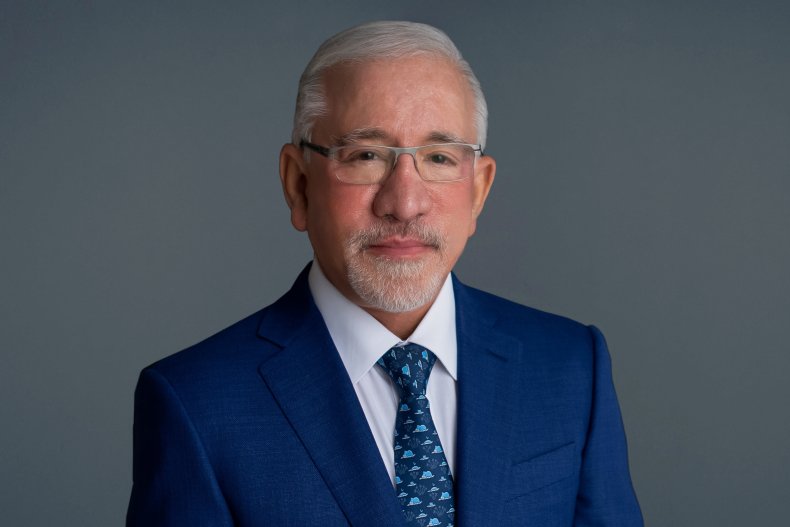
Courtesy of Dr. Bahman Guyuron
While Cleveland may not be the first place many think of when it comes to world-class plastic surgery, Guyuron said that he’s “been getting patients from all over the world for decades… I also get patients [from] even New York and California. And a good number of my patients are plastic surgeons, their families, and medical doctors.
“Every time we get a patient from a new city, we put a pin on a map of the United States,” he added. “There’s only one state (South Dakota) which we haven’t had a patient from.”
When it comes to how he approaches rhinoplasties, Guyuron said his four decades in the business prove that there’s “nothing that matches experience.” He explained: “In order to produce anything complicated like this, it’s very similar to the game of golf—you really have to practice a lot. Patients should seek a surgeon for rhinoplasty who is focused and does it frequently.
“This is not a field for everybody. This is an operation that will require practice and repetition to deliver optimal outcomes.”
Guyuron also undertakes a large number of revision surgeries, where he corrects the work where other practitioners may have fallen short of meeting expectations.
“Revision surgeries are often very complicated cases,” he said. “But I’m very comfortable doing them because I’ve been doing them for many years. I have done tens of thousands of them. That’s why I get a lot of referrals from plastic surgeons who are so kind to recognize my commitment to the field. They know that I’m comfortable helping these patients.”
Jay W. Calvert, MD, FACS | Beverly Hills & Newport Beach, CA
As an active member of a variety of medical and surgical associations that include the American Society of Plastic Surgeons and The Rhinoplasty Society, Dr. Jay W. Calvert told Newsweek he was “very appreciative” of his ranking. “To be recognized by one’s peers is really, to me, the highest acknowledgement of what I’ve done in my career.”
“Other plastic surgeons know me for my results, first and foremost,” he went on. “I really work tirelessly to get the best results for my patients. And I speak at conferences around the world. I am an international speaker and I teach not just residents, but I teach other plastic surgeons who have completed their residency, the fellows.”
Specializing in rhinoplasties and facelifts, Calvert said that he has “made a career out of revising bad nose jobs. People who had bad results elsewhere come to me. I have methods to take disasters and turn them into not just improvements but good nose jobs, like the nose job they should have had in the first place.”
Calvert noted that over the years, the technical aspect of rhinoplasties has improved dramatically, leading to a higher certainty of satisfactory results for patients.
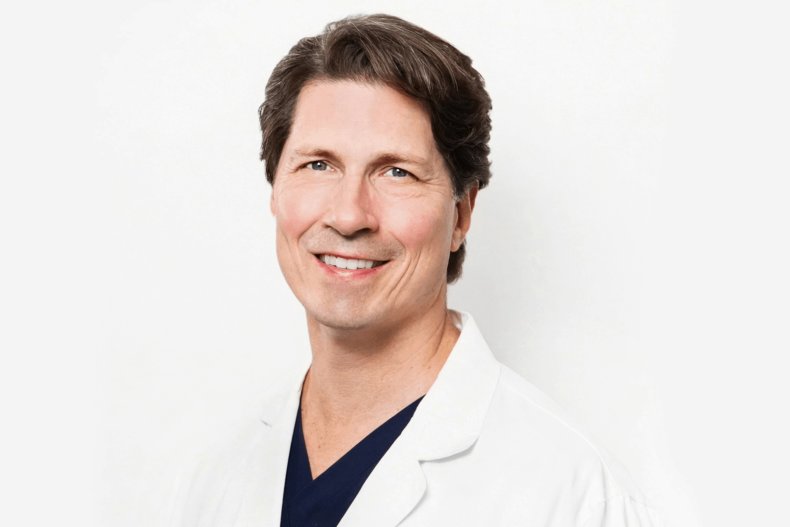
Courtesy of Dr. Jay W. Calvert
“My whole take-home message for the people that I teach and for my patients is I’m not only going to make the nose look beautiful but make it structurally sound over time,” he explained. “This is what was missing back in the day. Even when I was learning rhinoplasty, people did not pay attention to how the soft tissue envelope the nostrils the dorsum, the bridge of the nose, how that would look over time.
“They would take things out, but not account for the fact that there had to be some structure that was going to hold the nose up and hold it in shape over decades. If I were to write a textbook, which I probably will, it would be called ‘Architectural Rhinoplasty‘ because it’s about the architectural approach to making great noses. And that means that not only do you want them to be beautiful, but they have to be functional, and structurally sound. That has been my approach since very early in my career.”
Calvert, who has broadened his audience via social media, said that his clientele includes everybody from “billionaires and actors and actresses” to 50-something “guys from Silicon Valley that want to stay in the game” to “whoever really needs a great result. My patients are definitely results driven. They don’t need a big song and dance and a big story. They say, ‘I need this to be done well and done right.'”
However, it’s changing the lives of young, often insecure, patients that give him the most satisfaction. “I can only imagine what their life would have been like without the rhinoplasty and now what it’s going to be with their newfound confidence and their sense of self,” he said. “Satisfying is an understatement. It just makes it all worth it.”
“I think it’s all about empathy. It’s about attention to detail operating on people and caring for them as if they’re family,” he added. “Would you do this for your sister? Would you do this for your mother? Would you do this for your brother? You have to look at every operation with the caring eyes of a family member. You should be saying, ‘This is the best choice, I’m doing the best that I can for them.’ And every time I walk into the operating room, that day, it’s going to be the best operation I’ve ever done.”
Ashkan Ghavami, MD | Beverly Hills, CA
Dr. Ashkan Ghavami told Newsweek he was impressed to see that the annual ranking included “not just Hollywood surgeons, but [surgeons who] actually contribute to the field through scientific articles, chapters, advancements, academia, and lecturing.”
Becoming the president of The Rhinoplasty Society this year, Ghavami has a particular passion for educating others in the field, lecturing for the likes of the American Society for Aesthetic Plastic Surgery, the American Society of Plastic Surgeons and the International Society of Aesthetic Plastic Surgery. His work takes him across the globe to share his breadth of knowledge (he spoke to Newsweek from Europe, where he was booked for a series of lectures in different countries).
He is also something of a social media heavyweight, with more than 605,000 followers (including several celebrities) on his main Instagram account. Even his offshoot account, @nosebyghavami, which is dedicated showcasing to his rhinoplasty work, holds an audience of more than 106,000.
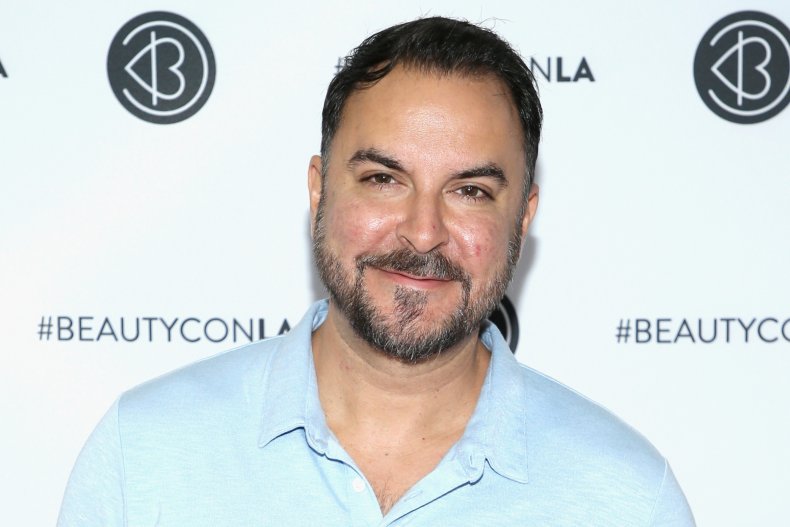
Phillip Faraone/WireImage
“I was one of the first plastic surgeons to use Instagram as a tool to showcase my before/afters in my work and in my craft, especially in video format,” he said, before adding that his work in academia and with high-profile clients has boosted his popularity.
“I’ve probably contributed to at least 20 to 30, textbook chapters, and at least 30 to 40 scientific articles. So I’m constantly academically involved,” he said. “I’ve influenced probably billions of people through the multiple celebrities I’ve worked on. It’s kind of interesting to see how me working on someone’s face or body, then showing that face or body influences so many millions and millions of people around the world. It’s a pretty interesting, powerful, surreal feeling.”
As with all surgeons to have made Newsweek‘s list, Ghavami doesn’t name names—although he’s pleasantly surprised when some of his clients do step forward to publicly credit him for their features.
“As far as surgery goes, I would say about 95 percent won’t necessarily admit to it. But for [rapper] Iggy Azalea to be open and public on Instagram without me even asking her to do so about her nose and breasts work with me was one of the first times a fairly well-known celebrity [I worked with] had opened up. It is pretty unheard of for them to be open about surgery itself.”
When it comes to rhinoplasties, Ghavami takes ethnic backgrounds into consideration, in a bid to ensure the most natural look possible for his patients.
“You should be able to modify and enhance their nasal features without making it look awkward or unnatural on their face and skin,” he explained. “And that’s why I have a textbook with colleagues of mine on multicultural rhinoplasty. It’s called Global Rhinoplasty: A Multicultural Approach. And then I have a whole 14-hour video series on multicultural rhinoplasty.
“I think one of the key things is that rhinoplasty does not look natural on anyone if it’s overdone. But it specifically looks even more unnatural when you try to make features other than the ethnicity of that person. It just ends up looking odd. That goes for all ethnicities.”
Ghavami, who employs the maxim “keep them guessing” when it comes to the subtleties of plastic surgery, cites rhinoplasties as particularly important as “there are so many maneuvers that add up to the sum total of the results, more than any other surgery—even more than facelift. If any one of those maneuvers you make is off, too disproportionate or high in magnitude as far as the change, then you’re going to create an unnatural nose. That’s why there’s no room for error, and noses are considered to be one of the most challenging aesthetic surgeries.”
Sherrell J. Aston, MD | New York, NY
“I’ve been doing this for a long time and it’s an honour to be included,” said Dr. Sherrell J Aston as he spoke with Newsweek about his high ranking. “I have patients from all over the world and I’ve been fortunate to have quite a number of celebrities from the movie business, from politics, and a number of people from other parts of the world.”
Having taught plastic surgery and conducted operations in such popular markets as Brazil, Turkey and China, Aston added: “I think that my plastic surgery colleagues respect the academic side of my practice.”
Aston said that when he first started practicing in the 1970s, plastic surgery was largely dismissed by medical professionals in other areas to now gaining far more respect. “Of course, that has changed 100 percent now,” he said. “It’s turned upside down.”
A past president of the American Society for Aesthetic Plastic Surgery, Aston recalled how he has seen the approach to rhinoplasties change dramatically over the years.
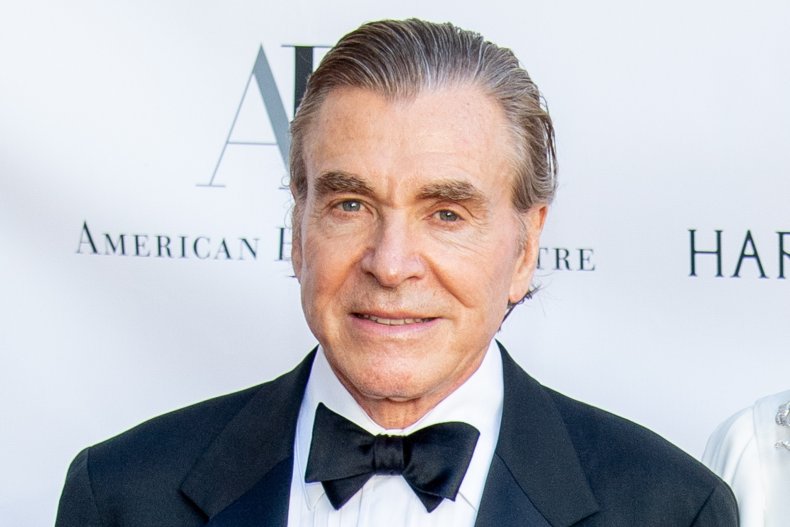
Roy Rochlin/Getty Images
“Rhinoplasty today is a very sophisticated operation,” he said. “Many years ago, it was more of a destructive operation. It was to take away. In other words, take away the bump to narrow the those; take away cartilage… When you saw these people long term, their noses looked over-operated on, too pinched, the tip turned up, scooped out.”
“Today’s operation is maintaining the architectural foundation,” he went on. “So then it looks good and also functions well. Today, there are two main rhinoplasty approaches. One is what’s called closed rhinoplasty, where there no incisions made on the outside of the nose. And there’s open rhinoplasty, where you make an incision across the columella of the nose. I only do closed rhinoplasty.”
“I’m very comfortable with the procedure I do,” he continued. “I’ve done thousands and thousands of rhinoplasty patients. I’ve done three generations of noses in the same family. I think the main thing is to produce that looks natural and has complete function. Breathing should be normal, or better than they started out often.”
Aston added that his aim is to perform surgeries that leave patients with an appearance that is “more elegant, not look like they’ve had a surgical procedure.”
While Aston told Newsweek that he has “certainly had a significant number of recognizable names” come through the doors of his practice, he has also worked on a large number of people who “are not in the press or the movies.”
“To me, every person is a star,” he said. “To me, every person that I have operated on is a VIP.”
Newsweek will continue to talk to the top-ranking cosmetic surgeons from each category










